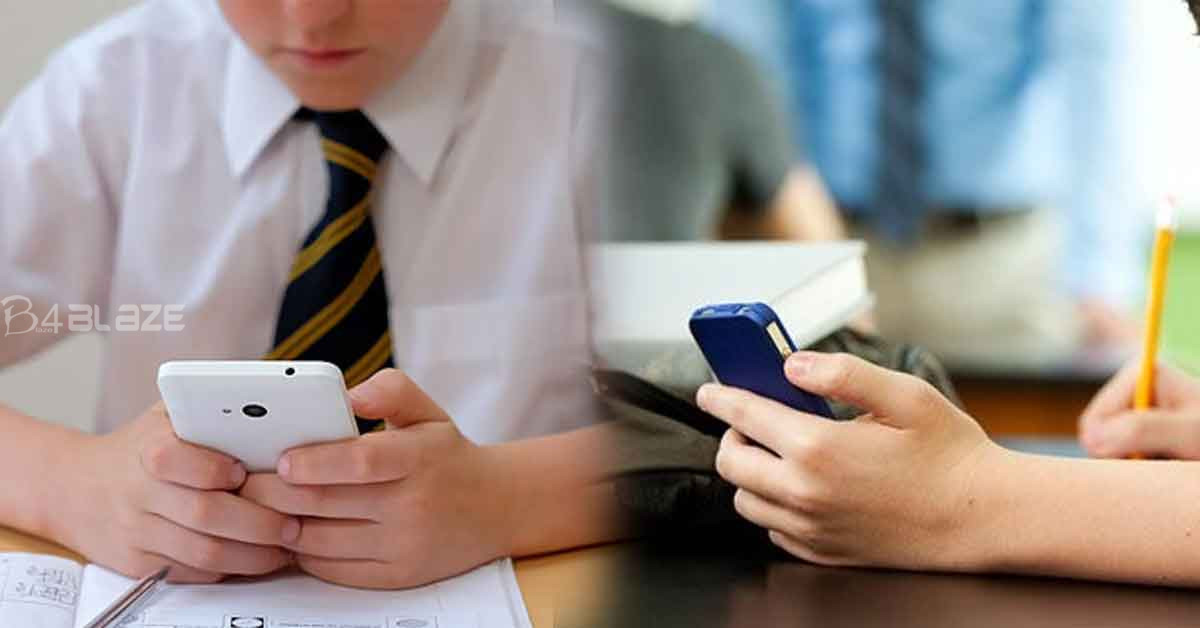The issue of smartphone use in schools is a complex and multifaceted one, and there are valid arguments both for and against their presence in educational settings. Let’s explore some of the key points raised in the UN report and the perspectives presented by Manos Antoniis and the student Lexi.

- UN Report’s Concerns: The United Nations, through UNESCO, has highlighted several dangers associated with the use of smartphones in schools. These concerns include distraction from studies, risks to student privacy, and potential involvement in cyber entanglements. The distraction caused by smartphones can hinder students’ focus on their academic work and negatively impact their learning outcomes. Privacy issues may arise if students share sensitive information online or if their personal data is misused. Cyber entanglements could involve students engaging in online conflicts or inappropriate interactions that may harm their emotional well-being.
- Manos Antoniis’ View: Manos Antoniis, the author of the Global Education Monitor report, emphasizes that technology used in schools should primarily support learning. He advocates for better guidelines on what types of technology are suitable for educational purposes. This view suggests that while smartphones might not be entirely banned, their use should be regulated and limited to activities that enhance the learning process.
- Benefits and Misuse: Lexi, the sixteen-year-old student, shares her perspective that smartphones can be misused for social media even when allowed for educational purposes. This highlights the challenge that schools face in finding a balance between allowing access to technology for learning and minimizing distractions. Lexi also points out that smartphones can foster positive social connections, which is an essential aspect of mental health and well-being.
- Mental Health Considerations: The issue of mental health is significant when discussing smartphone use. On the one hand, excessive screen time and social media use have been linked to negative effects on mental health, including increased anxiety and depression, especially among young people. On the other hand, smartphones can provide social connections, support networks, and access to mental health resources, which can be beneficial for some individuals.

Given the complexity of the issue, it’s essential to recognize that there is no one-size-fits-all solution. Striking a balance between leveraging technology for educational purposes and managing its potential negative impacts is crucial. Schools and policymakers must consider evidence-based approaches and develop clear guidelines on the appropriate use of smartphones in educational settings. Moreover, promoting digital literacy and responsible technology use among students can help them navigate the digital world safely and responsibly, both inside and outside the classroom.
















